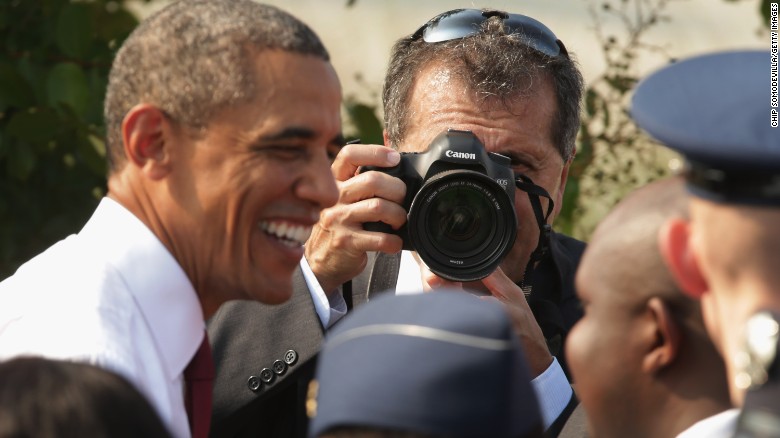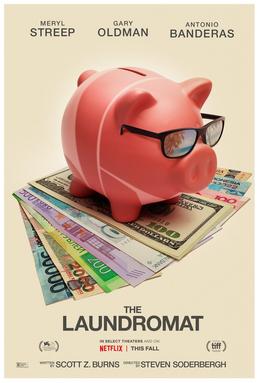Belfast
Posted on November 11, 2021 at 5:53 pm
A-| Lowest Recommended Age: | Middle School |
| MPAA Rating: | Rated PG-3 for strong language and some violence |
| Profanity: | Strong language |
| Alcohol/ Drugs: | Alcohol |
| Violence/ Scariness: | Peril and violence, mobs, sad death of a family member |
| Diversity Issues: | A theme of the movie |
| Date Released to Theaters: | September 1, 2021 |
| Date Released to DVD: | February 28, 2022 |

“Buddy! Buddy!” A boy is outside playing with his friends when he hears his mother is calling him home for dinner. He does not think anything of it except perhaps that it’s too bad the game has to stop or that he is hungry, but it is the kind of moment he will look back on as an adult as a moment of perfect safety and comfort, a time of feeling completely at home, supported by the family and the community, a feeling that the world makes sense. It is the kind of memory we come back to when we miss those feelings very much.
Sir Kenneth Branagh came back to those last golden moments of childhood, as many people did, during the Great Pause of the pandemic, when so many of us, even well past childhood, felt a new sense of uncertainty. And so he wrote and directed “Belfast,” based on those moments in his own life, when he was nine, and began to understand for the first time that the world can be a dangerous place.
He hears “Buddy! BUDDY!!” again, but this is not a “come home, where dinner is ready invitation from his mother. This is a sound of pure terror. Nine-year-old Buddy (newcomer Jude Hill) lives on what was once a peaceful street in Belfast, Northern Ireland, but it has. become a center for unrest and violence due to The Troubles, the struggle between the Catholics and Protestants.
Branagh skillfully shows us the world through Buddy’s eyes, though we understand more than he does. Sometimes that is amusing. Sometimes it is heart-wrenching. Buddy’s parents are almost impossibly glamorous and beautiful, as we see through his idealized perspective, and because they are played by the gorgeous (and Irish) Jamie Dornan (Pa) and Caitriona Baize (Ma). Also in the family are grandparents played with asperity and a twinkle in the eye by Dame Judi Dench and Ciarán Hinds.
Gorgeous black and white cinematography gives the film the quality of a timeless memory and there are flashes of color when the family sees some Hollywood movies like “Chitty Chitty Bang Bang.” Another film we get a glimpse of is more to the point, “High Noon.” Buddy’s family loves their home. But The Troubles are forcing everyone to take sides. Pa, whose travel for business has added to the strain has been offered a much better-paying job in England.
Branagh expertly mingles humor and drama, shooting us what Buddy sees but does not fully understand and the way that he gives equal curiosity and weight to all of the new information he is learning and all of the new emotions that he is feeling, including some romantic sentiments about a pretty classmate. The very gifted Hill conveys the purity of these first-time experiences with great simplicity and open-heartedness. Buddy’s story (and Branagh’s) is of a very specific place and time but the bittersweet end of childhood and beginning of deeper understandings is universal and told here with tenderness and compassion.
Parents should know that this movie includes scenes of mob violence with peril and injuries and the very sad death of a family member. Characters drink and smoke and use strong language.
Family discussion: Did the family make the right decision? If you made a movie about your childhood, what story would you tell?
If you like this, try: “The Journey,” about the two men who negotiated a resolution of The Troubles and “The Commitments,” about young Irish musicians forming a music group








